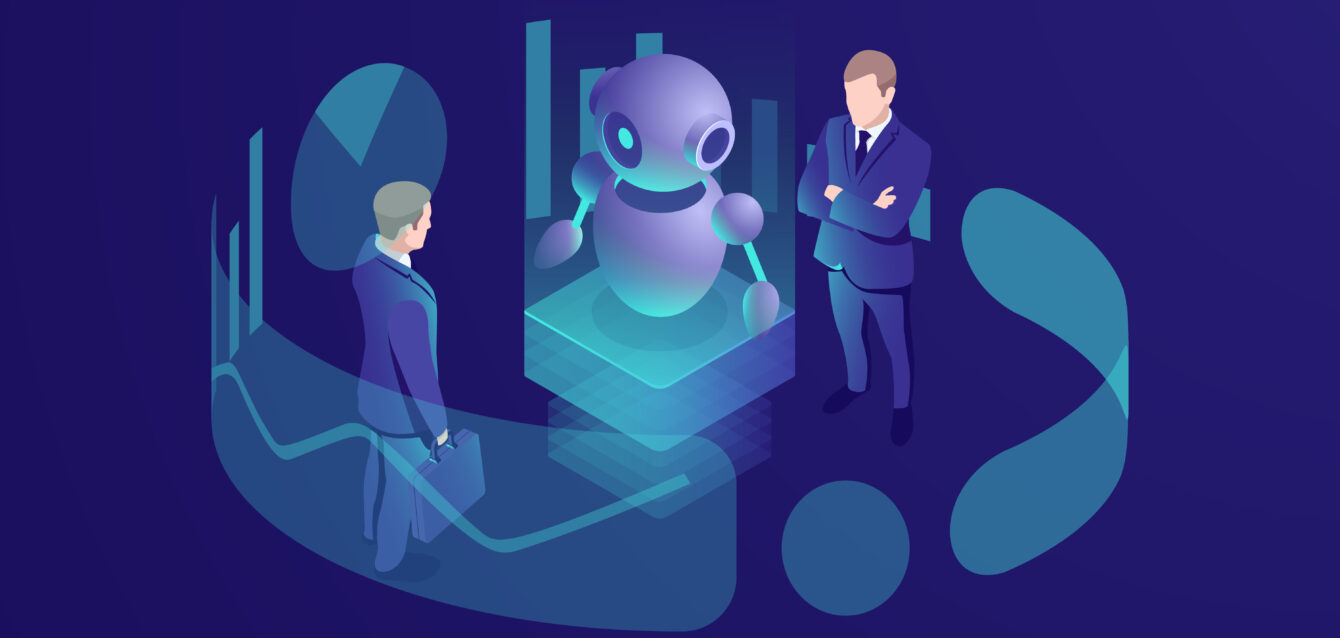Introduction: AI Chatbots Aren’t Just Cool — They Must Convert
AI chatbots are no longer just fancy widgets on your website. In today’s fast-paced digital marketing ecosystem, they are frontline workers in your lead generation strategy — greeting prospects, answering questions, qualifying interest, and even scheduling demos. But here’s the hard truth:
If your chatbot can’t prove its worth, it won’t last long.
In a world where every marketing dollar must show tangible returns, the real question isn’t “Should we use AI chatbots?” — it’s “What’s the ROI of using one?”
This blog dives deep into how you can measure, benchmark, and optimize the return on investment (ROI) of your AI chatbot in lead generation campaigns — so you can move from cool tech to clear revenue impact.
Why ROI Measurement Is Critical
The chatbot industry has evolved. What started as a novelty (“Hi there, can I help?”) has become a fully-fledged digital sales assistant. But with that evolution comes responsibility. Decision-makers want proof of performance:
- Is this bot generating real leads?
- Are those leads turning into customers?
- Are we saving time, money, or both?
- Can we scale it across channels?
ROI isn’t just about cost savings — it’s about proving your chatbot drives meaningful business outcomes.
Key Metrics That Tell the Full ROI Story
To understand chatbot ROI holistically, we need to look at performance across the entire lead journey — not just vanity metrics like “number of chats.” Here’s what truly matters:
1. Lead Volume Generated
At the most basic level, your chatbot should be bringing in a steady stream of new leads. These are users who initiate conversations and submit information like name, email, company, or phone number — all captured automatically.
Look for:
- Number of unique leads captured through chat per week/month
- Chat engagement rate compared to other lead gen touchpoints (e.g. forms, pop-ups)
2. Lead Quality and Fit
Volume means little without quality. Your chatbot should help qualify leads in real-time based on your ideal customer profile (ICP).
Look for:
- % of chatbot leads that match your ICP (company size, role, industry)
- Drop-off rates during qualification flows (indicating poor fit or confusing UX)
- Level of intent based on responses (e.g., “Looking to buy this month” vs. “Just browsing”)
3. Conversion to Opportunity
An AI chatbot’s job doesn’t end with collecting an email. The true test is whether those interactions lead to demo requests, sales calls, or actual pipeline.
Look for:
- % of chatbot leads that convert into sales-qualified opportunities
- Chatbot vs. traditional form conversion rates
- Sales rep feedback on lead warmth and readiness
4. Time Saved for Sales & Marketing Teams
AI chatbots automate the grunt work: answering FAQs, qualifying leads, scheduling calls. That translates into hundreds of hours saved for your team.
Look for:
- Fewer manual data entries in your CRM
- Reduction in time spent chasing unqualified leads
- Improved sales rep focus on high-intent conversations
5. Customer Experience Signals
The ROI of a chatbot also lies in how it improves user experience. A fast, helpful chatbot makes a great first impression and keeps visitors on your site longer.
Look for:
- Average chat satisfaction rating (if using CSAT/NPS scores)
- Drop-off rate during conversations
- Increase in return visits from engaged users
6. Attribution to Pipeline and Revenue
Many chatbot tools now offer integration with your CRM and analytics stack. That means you can trace a lead from the first chat to a closed deal — and measure the revenue it influenced.
Look for:
- Total deals sourced or influenced by chatbot interactions
- Average deal size from chatbot-generated leads
- Win rate comparison between chatbot-sourced leads and other sources
Real-World Impact: What High-ROI Chatbot Campaigns Look Like
Let’s paint a picture of what success looks like.
Imagine this: A visitor lands on your product page at 11 PM. Instead of leaving, they interact with your AI chatbot, who walks them through a short decision-tree conversation:
“Are you evaluating tools?” → “What’s your budget?” → “Would you like a quick demo?”
Within five minutes, that visitor has scheduled a call for the next day and their info is logged in your CRM. The next morning, your sales rep opens their dashboard and sees a fully qualified lead waiting — with budget, timeline, and use case already defined.
Multiply that across 100s or 1000s of sessions — that’s not support.
That’s revenue automation.
How Top Brands Are Using Chatbots to Boost ROI
- SaaS Companies: Use chatbots to guide prospects from feature pages to demo bookings, increasing conversion rates by up to 3x.
- Ecommerce Brands: Use AI chatbots for product recommendation and cart recovery, directly boosting AOV (Average Order Value).
- B2B Enterprises: Use chatbots for lead pre-qualification, saving sales teams 20+ hours/week in admin work.
These aren’t marginal gains. These are growth levers.
Don’t Just Track ROI — Optimize It
Once you start measuring performance, here’s how to take things to the next level:
- Refine conversation flows: Shorten scripts, use more natural language, and reduce friction.
- Segment leads smarter: Build logic based on buyer type, location, or behavior.
- Test and learn: A/B test CTAs, opening lines, or chatbot personas.
- Tie it all to outcomes: Use CRM integrations to connect every chat to revenue, not just engagement.
Final Thoughts: The Chatbot ROI Conversation Has Shifted
A few years ago, chatbots were treated like nice-to-haves — a flashy way to greet users. But in 2025, they’ve matured into strategic sales tools that directly influence pipeline, customer experience, and growth.
If you’re using an AI chatbot today and not measuring its business impact, you’re missing half the picture. ROI isn’t just about justification — it’s about unlocking full value.
So ask the question. Run the reports. And start treating your chatbot like what it really is:
A full-time, data-driven, conversion-obsessed digital sales rep.


